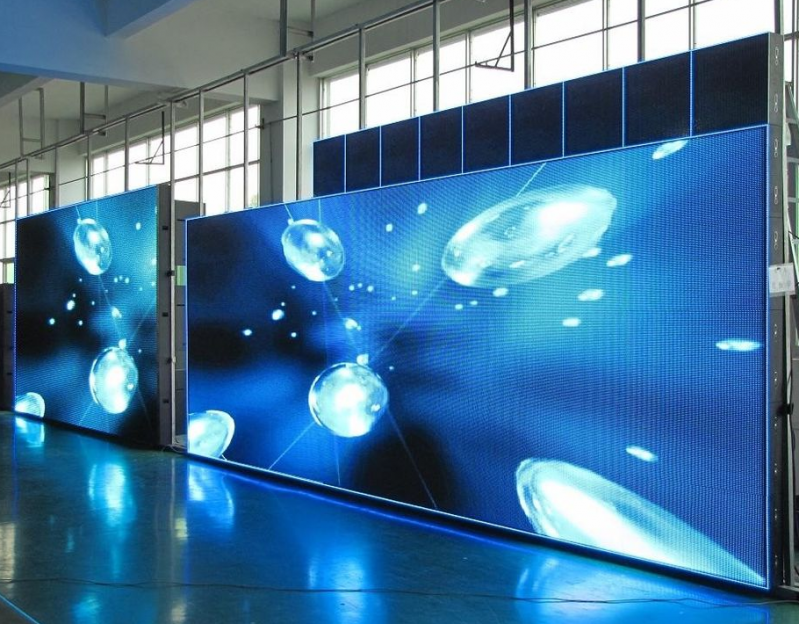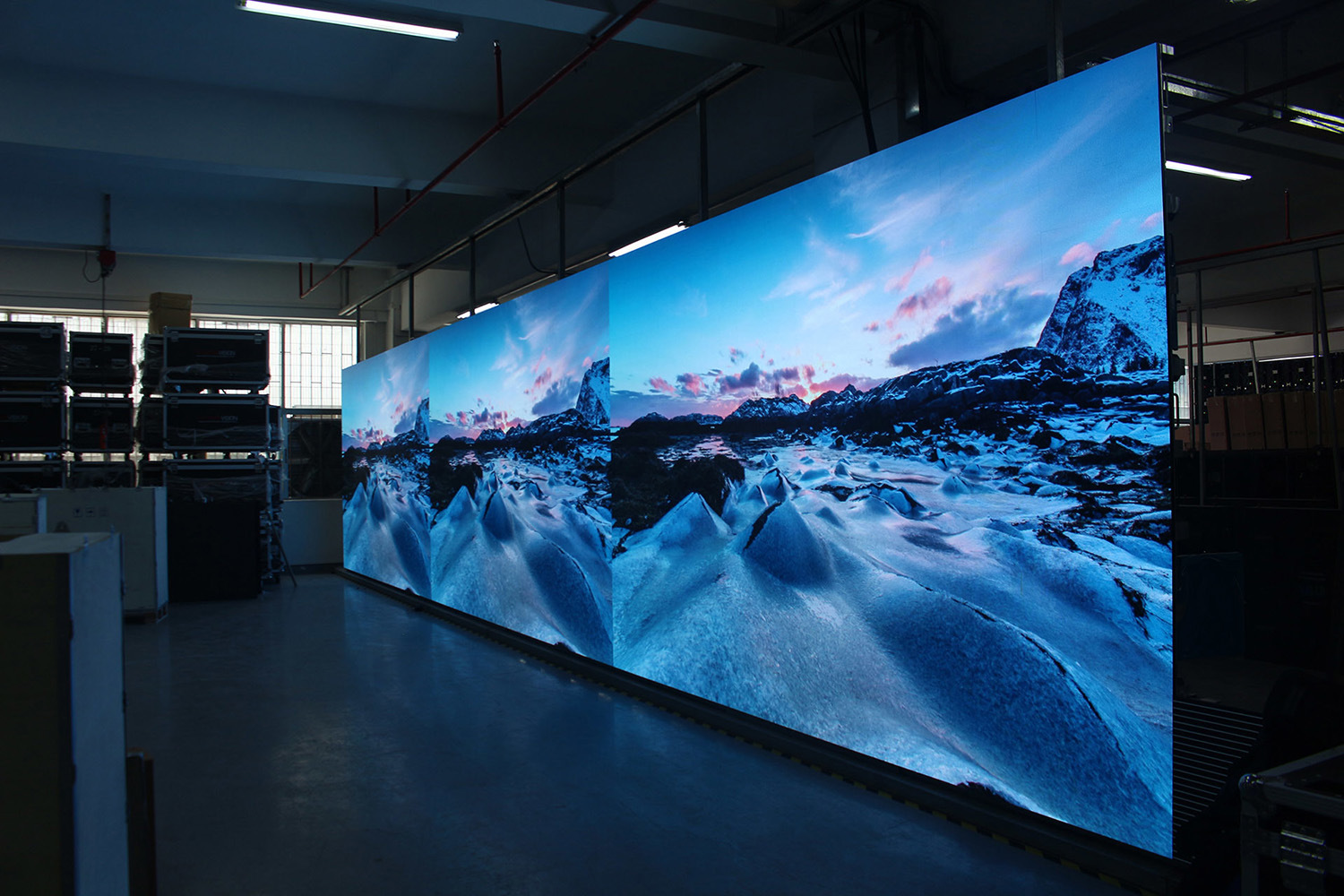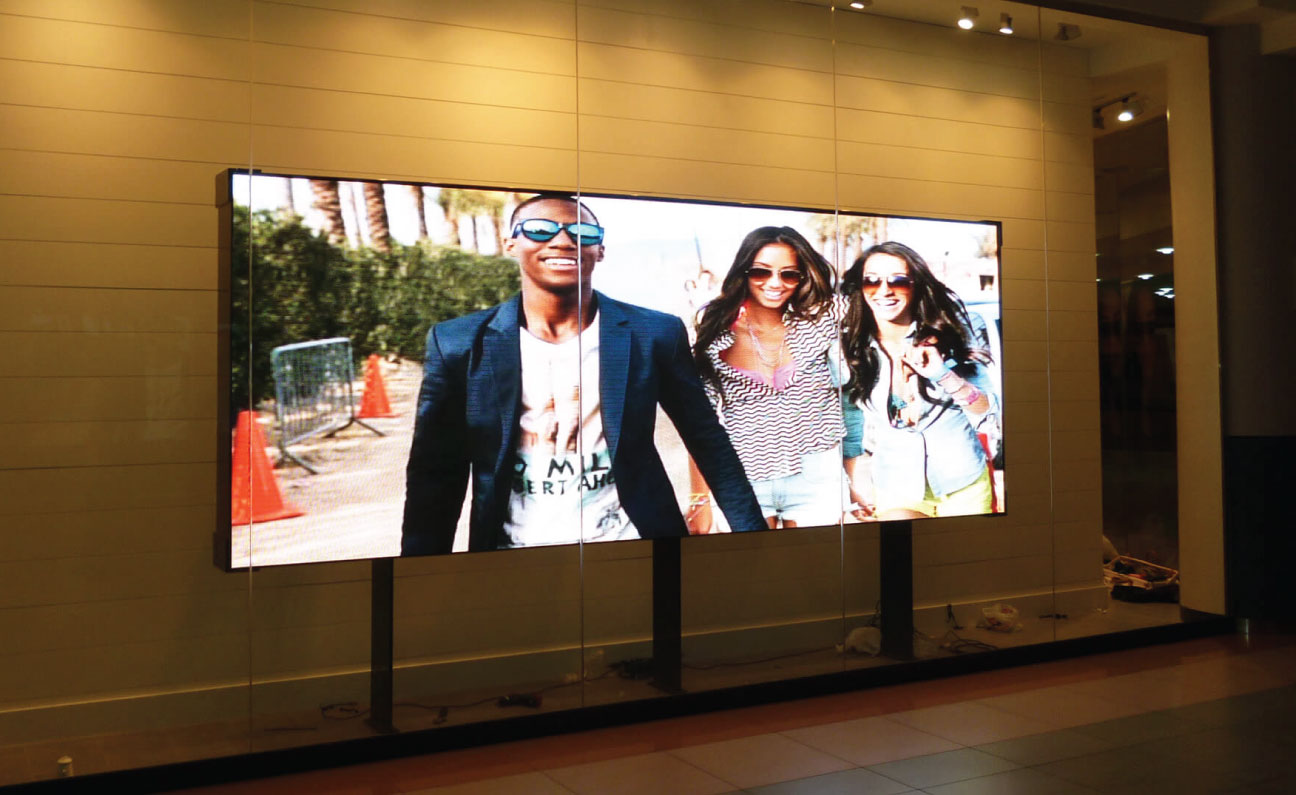How to Choose the Ideal Indoor or Outdoor LED Panel: Key Factors to Consider
Choosing the right LED panel—whether for indoor LED panels or outdoor LED panels—can significantly impact your business’s visibility, engagement, and return on investment. With various options available from the manufacture of LED panels, selecting the best one requires careful consideration of several factors.
In this guide, we’ll break down the essential elements to help you make an informed decision, ensuring you get the perfect LED display for your specific needs.
1. Determine the Right Environment: Indoor vs. Outdoor
The first step in choosing an LED panel is identifying where it will be installed.
Indoor LED Panels
✔ Best for: Retail stores, corporate offices, conference rooms, airports, and event venues.
✔ Key Features:
- Lower brightness (1,000–2,500 nits) for comfortable indoor viewing.
- Higher resolution with smaller pixel pitch (P1.2–P4) for crisp images up close.
- Slim, lightweight designs for easy installation in confined spaces.
Outdoor LED Panels
✔ Best for: Digital billboards, stadiums, transportation hubs, and public signage.
✔ Key Features:
- High brightness (5,000–10,000+ nits) to combat sunlight glare.
- Weatherproof & durable (IP65+ rating) to withstand rain, dust, and extreme temperatures.
- Larger pixel pitch (P4–P20) for optimal long-distance visibility.
2. Consider Pixel Pitch and Viewing Distance
Pixel pitch (the distance between LED diodes) affects image clarity and viewing distance:
- Smaller Pixel Pitch (P1.2–P4): Ideal for indoor LED panels where viewers are close (e.g., digital menus, video walls).
- Larger Pixel Pitch (P4–P20): Best for outdoor LED panels seen from afar (e.g., highway billboards, stadium screens).
Pro Tip: The general rule is:
- Viewing Distance (in meters) ≈ Pixel Pitch (in mm) × 2
3. Evaluate Brightness and Visibility
- Indoor Use: 1,000–2,500 nits is sufficient (avoids eye strain in well-lit rooms).
- Outdoor Use: 5,000+ nits ensures readability in direct sunlight.
Note: Some manufacture of LED panels offers auto-dimming technology to adjust brightness based on ambient light.
4. Check Durability and Protection Ratings
- Indoor Panels: No need for heavy weatherproofing, but anti-glare coatings help.
- Outdoor Panels: Must have:
- IP65 or higher (dustproof & waterproof).
- Corrosion-resistant materials (aluminum, stainless steel).
- Advanced cooling systems to prevent overheating.
5. Energy Efficiency and Maintenance
- Indoor LED Panels: Lower power consumption, minimal cooling needs.
- Outdoor LED Panels: Higher energy use but often include energy-saving modes.
Maintenance Tip: Choose panels with modular designs for easy repairs.
6. Choose a Reliable Manufacturer
When selecting a manufacture of LED panels, look for:
✅ Industry experience & positive customer reviews
✅ Customization options (size, resolution, shape)
✅ Warranty & after-sales support
✅ Compliance with international standards (CE, RoHS)
Final Decision: Which LED Panel Is Right for You?
| Factor | Indoor LED Panels | Outdoor LED Panels |
|---|---|---|
| Brightness | 1,000–2,500 nits | 5,000–10,000+ nits |
| Pixel Pitch | P1.2–P4 | P4–P20 |
| Durability | Standard | IP65+, weatherproof |
| Best Applications | Retail, offices, events | Billboards, stadiums, traffic signs |
Conclusion
Whether you need indoor LED panels for dynamic retail displays or outdoor LED panels for high-impact advertising, understanding these key factors ensures you invest in the right solution. Partnering with a trusted manufacture of LED panels guarantees quality, performance, and long-term value.




0 comentário